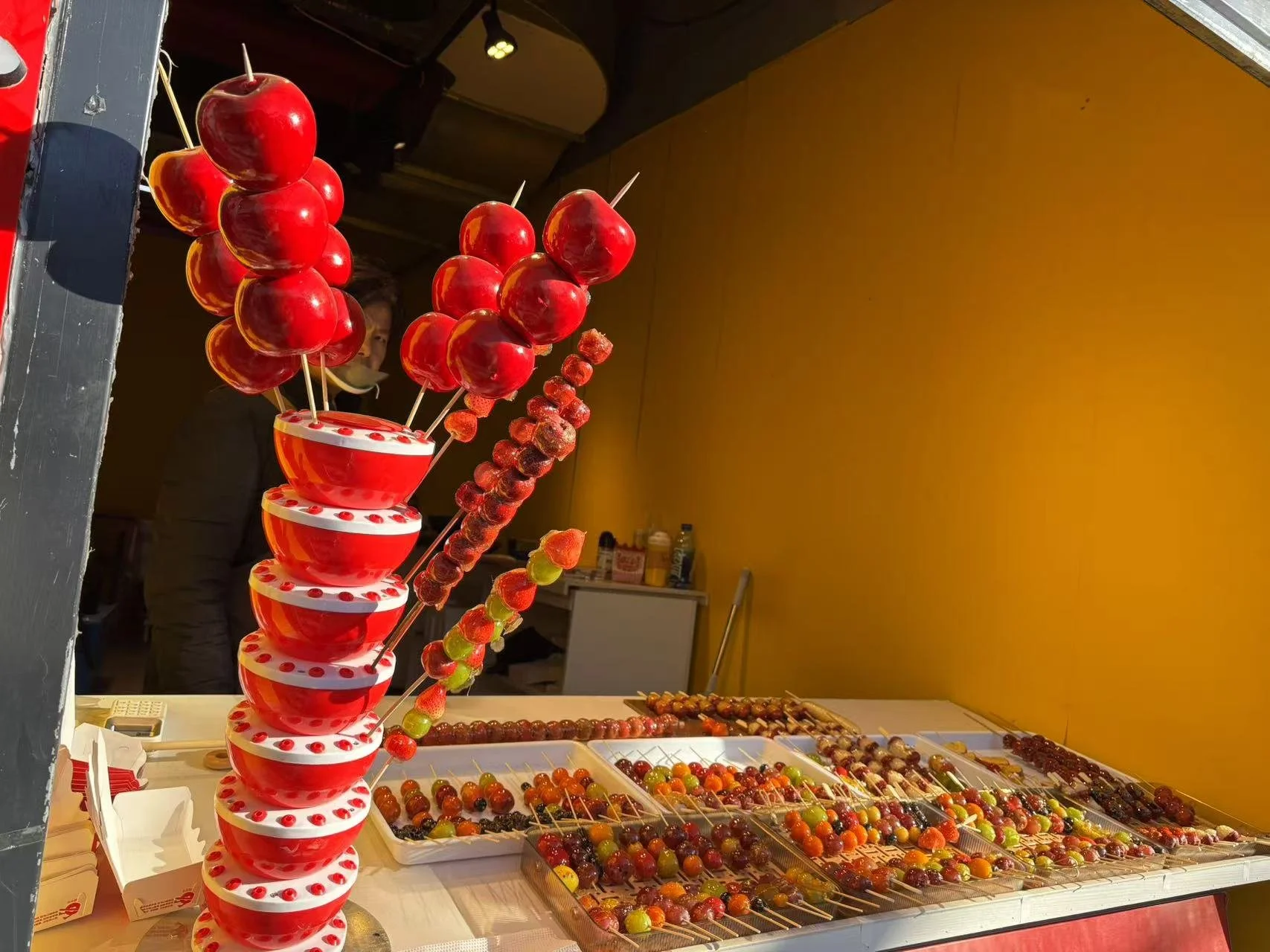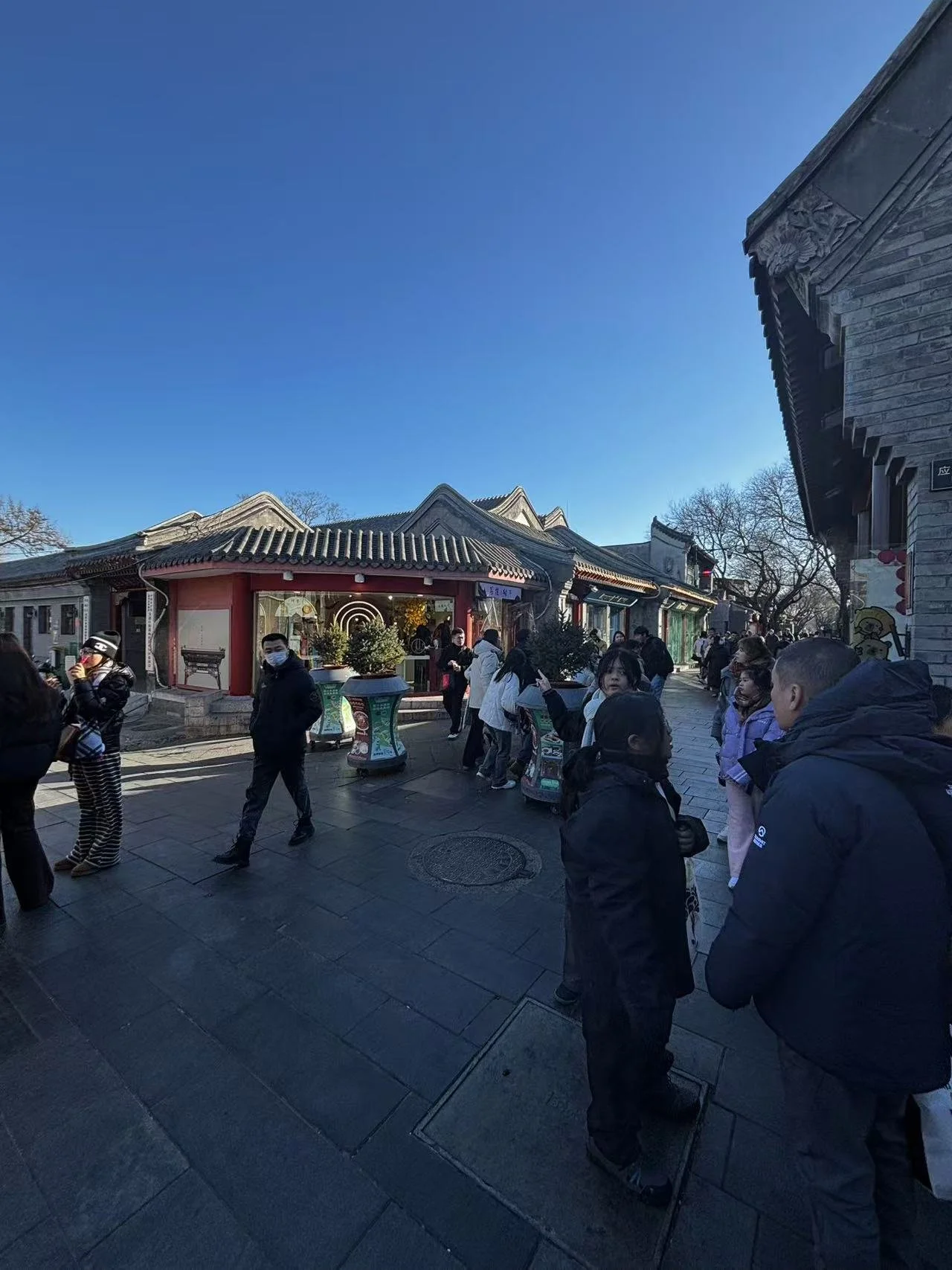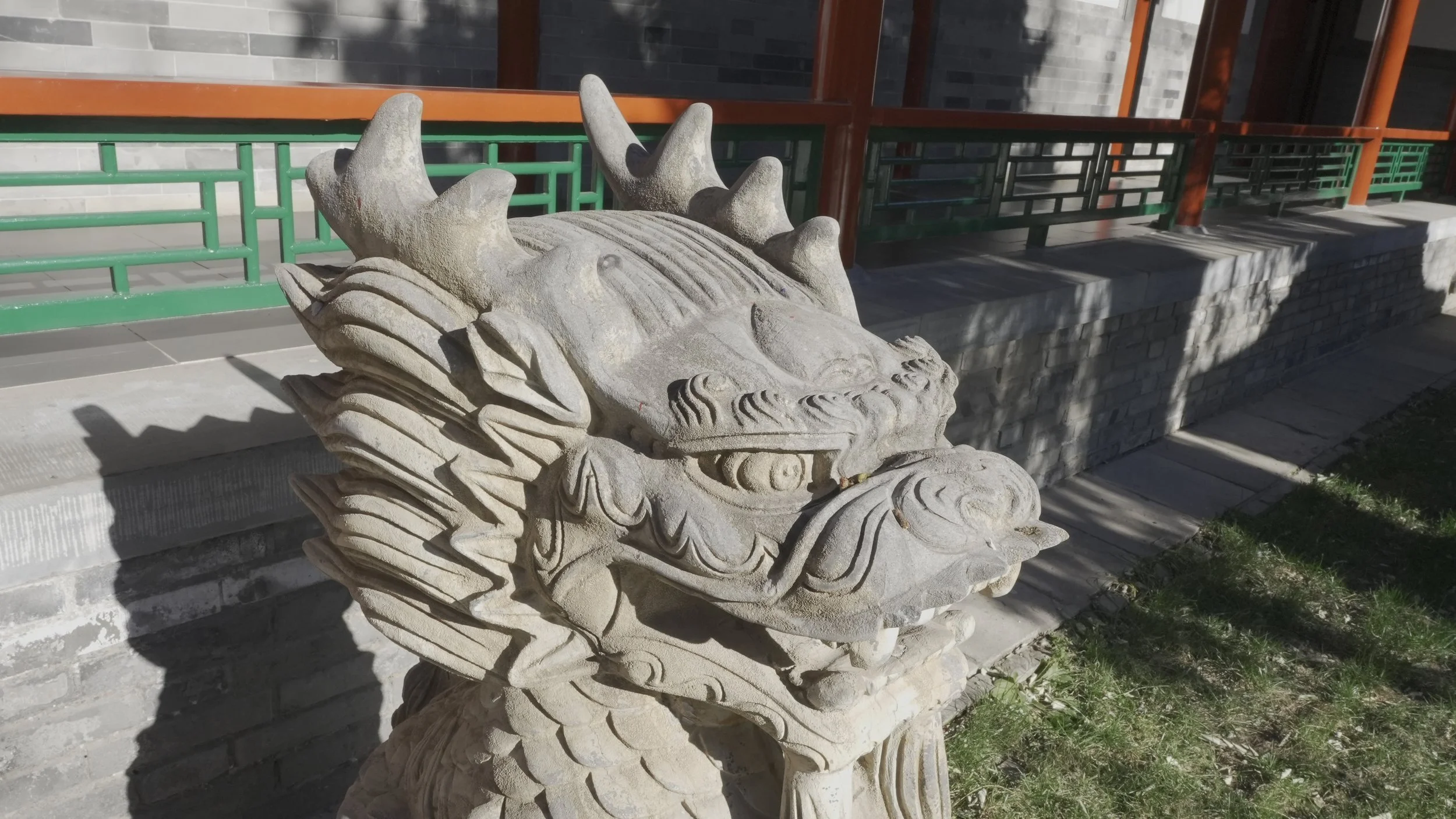Hutong Project Overview
Having lived in Beijing for over 10 years, I would like to use this project to pay homage to my roots. For this project, I have gathered a group of like-minded friends to engage with and document the local life and culture of Beijing. We realized that in order to encourage more attention to be paid to culture and to reconnect people with their roots, we must begin with our own identity and origins.
This project will consist of blogs and clips showcasing the local and traditional culture of Beijing. Due to technology and the urbanization of lifestyles, traditional culture is gradually merging into a more homogeneous culture. Through this project, we aim to celebrate and highlight these traditions. We will post blogs about traditional foods, lifestyles, and architecture in Beijing.
READ THE BLOG BELOW
Blog
The hutongs are an iconic feature of Beijing’s architectural landscape. Over the past month, I’ve explored several sites in the city that reflect its rich traditional culture, and I’d like to share some of my favorite aspects of Chinese culture here in Beijing. To start, I want to introduce one of my favorite local snacks: Tanghulu. The name, which translates to "sugary calabash" in Chinese, refers to the treat’s shape—hawthorns skewered on a stick and coated in a glossy layer of caramel. The combination of sweet and sour flavors creates a delightful contrast that melts in your mouth. This snack held a special place in my childhood, and I’m excited to share it as a reflection of Beijing’s vibrant food culture.
The second image depicts one of Beijing’s most famous streets: Nanluoguxiang. Built during the Yuan Dynasty in the 13th century, this street has since become a cornerstone of traditional culture in Beijing. Lined with countless food, pawn, and clothing shops, it bustles with locals passing through daily. Here, you can experience the essence of traditional Beijing culture, with everything from local delicacies to unique cultural artifacts on display.
Finally, I’d like to share this interesting Qilin statue I came across. In Chinese mythology, the Qilin is a hybrid between a dragon and a horse, symbolizing fortune, peace, and prosperity. It is one of the mythical creatures commonly depicted in statues, often placed at doorways to protect against evil and bring good luck. The Qilin is also associated with justice and righteousness. However, what struck me most about this particular statue is how fascinating and adorable the creature looks, and I wanted to share it with you today.


